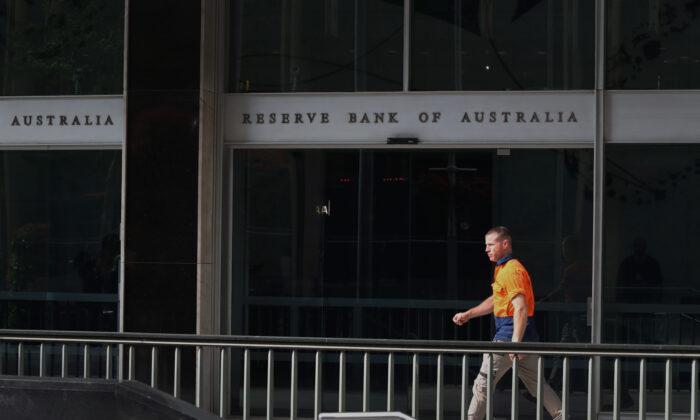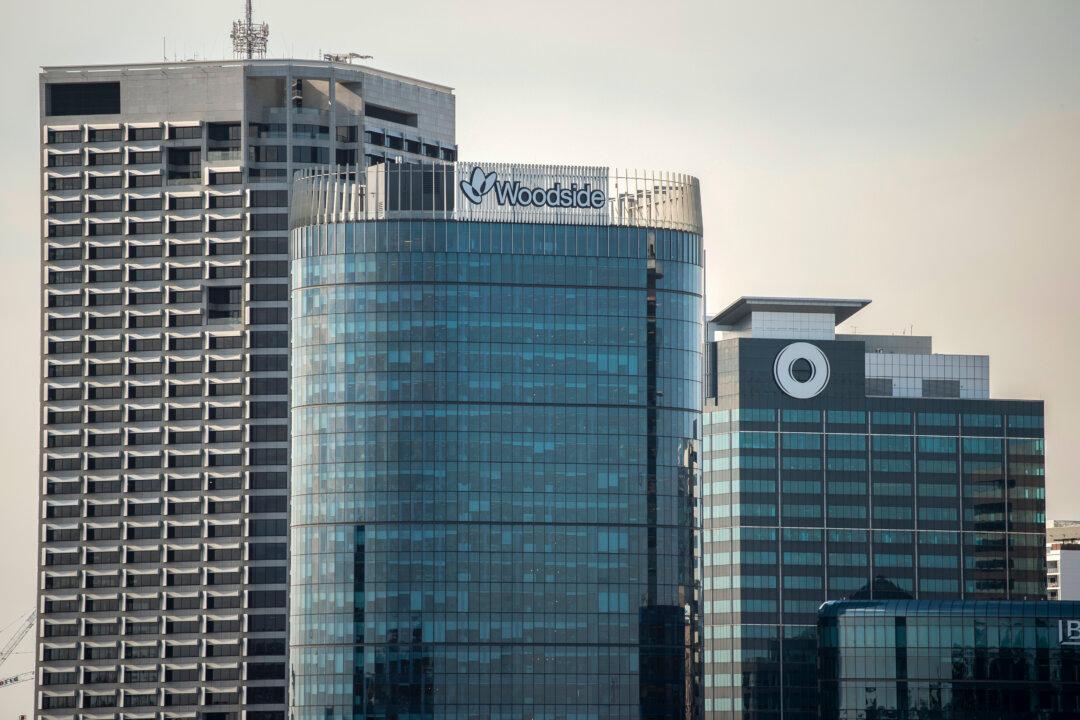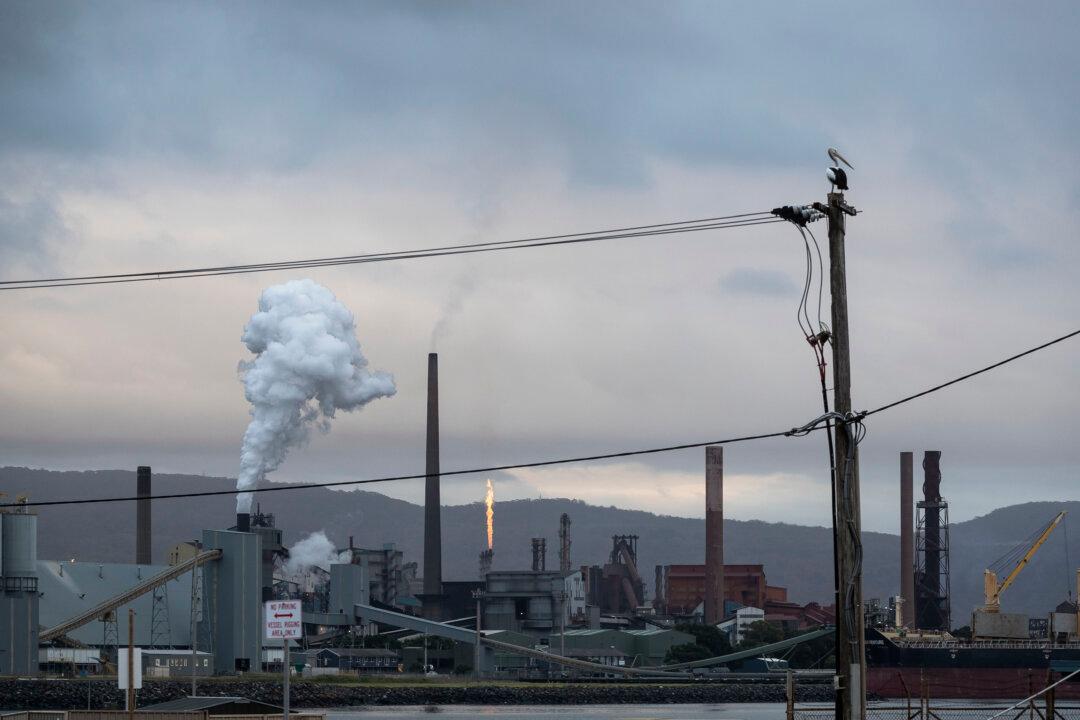Australian borrowers have been hit with another round of interest rate hikes after the Reserve Bank of Australia (RBA) raised the official cash rate by 0.25 percent to 4.1 percent, the highest level since April 2012.
This comes after a 0.25 percent increase in May and a brief pause in April.
The governor believed a lift in interest rate in June was necessary to ensure that inflation would return to the two to three percent target band within a reasonable timeframe.
Increased Upside Risks to Inflation
The RBA noted that recent economic data showed the upside risks to inflation had increased.“While goods price inflation is slowing, services price inflation is still very high and is proving to be very persistent overseas,” Lowe said.
“Unit labour costs are also rising briskly, with productivity growth remaining subdued. Growth in the Australian economy has slowed, and conditions in the labour market have eased, although they remain very tight.”
The governor also pointed out that wage growth had accelerated due to the tight labour market and high inflation after taking into account the recent minimum wage increases.
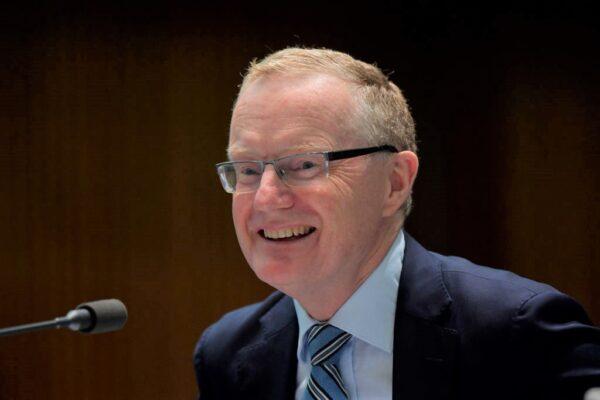
On June 2, the Fair Work Commission lifted the minimum wage for workers not covered by an award or registered agreement by a total of 8.6 percent from July 1, while those employed via contracts or agreements will see a 5.75 percent increase.
The record rises in the minimum wage have sparked widespread objections in the business community and raised concerns about worsening inflation.
While the federal government assured the public that the minimum wage increases would not affect consumer prices, the RBA said it would remain alert to the risk that expectations of ongoing high inflation contribute to larger price and wage increases.
Regarding the monetary policy outlook, the RBA signalled that further interest rate hikes might be needed to bring down inflation, depending on how the economy and inflation evolved.
“The Board will continue to pay close attention to developments in the global economy, trends in household spending, and the outlook for inflation and the labour market,” Lowe said.
Impacts of the Interest Rate Hike
With the latest rate increase coming into effect, the financial comparison website RateCity estimated that a typical homeowner with a $500,000 loan on a 25-year term would have to pay an extra $76 (US$50.6) a month in mortgage repayment.And compared to before the RBA implemented the interest rate hiking cycle in May 2022, the total increase in monthly repayment would go up to $1,134.
New borrowers are not spared from the impact as RateCity expected none of Australia’s four major banks would offer an ongoing variable rate under six percent if they pass on the latest rate hike in full to customers.
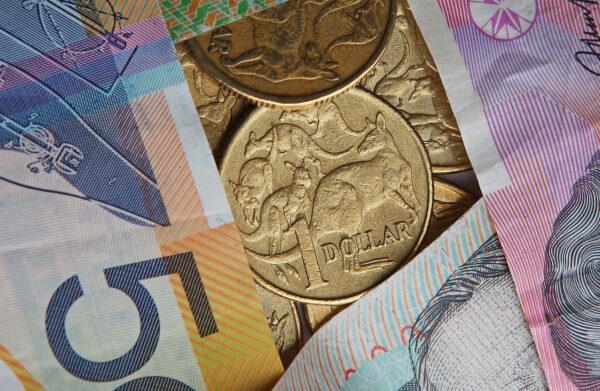
RateCity research director Sally Tindall said the consecutive interest rate rises had confused borrowers as many had no idea how much their monthly repayments went up.
“If you’ve got a variable home loan, call your bank and ask them what your repayments will be if it passes on this latest hike.
“If you can’t afford these higher repayments, you’ll have time on your side to do something about it.”
Meanwhile, savers could earn some extra money with June’s interest rate increase if they shop around for a better deal for their savings.
